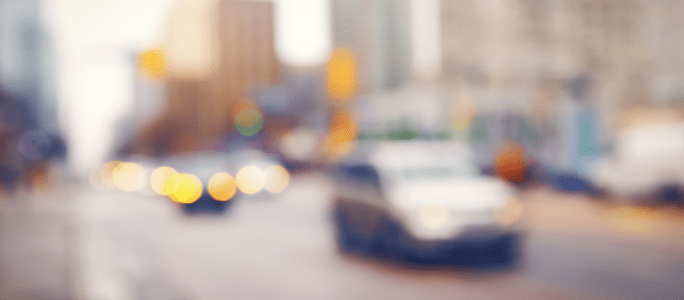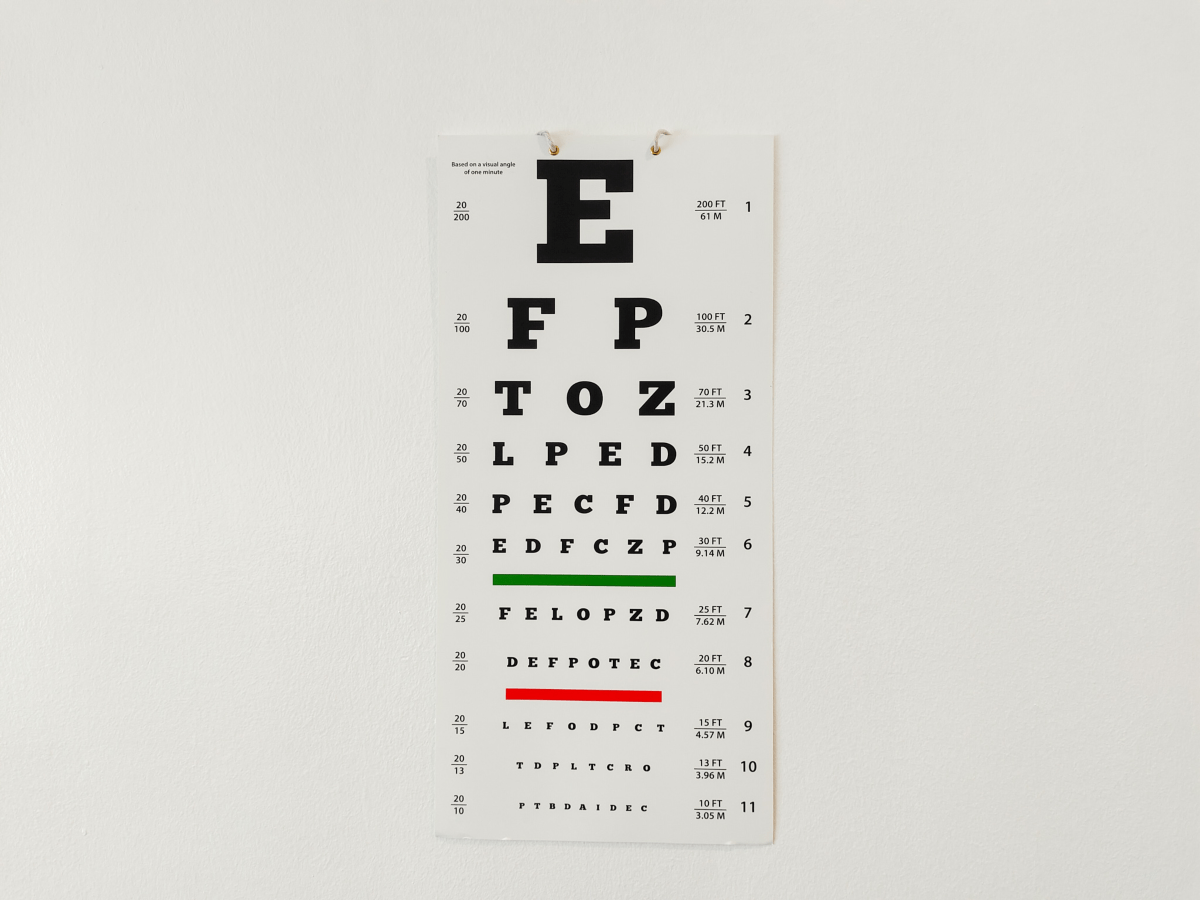Do You Need Glasses? Here Are 9 Signs You Shouldn’t Ignore
Losing your sight can be upsetting. One day you’re feeling fine, seeing road signs crystal clear and taking your eyeballs for granted. The next day, you’re squinting and straining to see those same signs.
How do you know when you’re just having a bad day or need to look into getting glasses?
Is there a certain age that we all eventually need a pair of spectacles?
Don’t worry, you’re in the right place. Here are the signs you need glasses and 3 signs that you might not.
9 signs you might need glasses
1. Your vision is blurry
Blurry vision is simply when you can’t see things in focus. Objects may appear fuzzy or soft. This is the most obvious sign that your vision may not be what it once was.
Unfortunately, many people shrug this off at first, or deny it. We all want to avoid the truth about our eyesight not being as good as it used to be. However, it’s an entirely natural part of getting older.
If you notice your vision is blurry, don’t hide your head in the sand. Start investigating the possibility you might need glasses straight away to save any worsening symptoms.
2. You can’t read things up close
If your eyesight is worsening, you may notice that reading things on your phone or on paper is harder. You hold things further away to read them instead or make the font larger.
Close-up objects becoming less focused is a clear sign you may have hyperopia (long-sightedness) and may need glasses.
Most people will also experience presbyopia – the gradual loss of your eyes’ ability to focus on nearby objects. It’s usually noticeable to people once they hit their early to mid-40s.
3. You can’t see far away objects as clearly
Everyone’s eyesight has its limits. Even those with 20/20 vision can only read so far. That said, if you have a common route to work with plenty of clear road signs that become harder to see, you need to investigate. You could have myopia (nearsightedness).
4. You’re squinting a lot
You should never need to squint to focus on what you’re reading or seeing. Squinting does serve a purpose. It’s the body’s clever way of taking less light into the eyes and thereby making a blurry image clearer. Smart, but hopefully unnecessary the majority of the time. Squinting a lot is a clear sign you’re struggling to see.
5. Your eyes are tired
This is a tricky one to quantify because aren’t all screens a little tiring? That’s why we have things like blue light glasses and eye strain exercises to help us.
No human was built to stare at screens as much as we do. So it’s more a case of noticing that your eyes are tired quicker and more frequently than before.
6. You’re getting frequent headaches
Increased eye strain and tiredness leads to frequent headaches. Sometimes this even escalates to migraines. Time for a check up if you’re constantly popping aspirin to get through the day!
7. You’re seeing double
Seeing double is very concerning. Never run away from it. It’s true that it could be a number of things, and not all of them need glasses. For example, it could be an issue with the muscles in your eyes that can be corrected by surgery. In that case, prism glasses can be a corrective tool to reduce double vision.
8. You can see halos around lights
Halos around light sources are a sign of blurred vision. Night vision in general is often a struggle for those with worsening eyesight. Though halos are also a sign of cataracts, which requires surgery for treatment, it’s worth getting to the bottom of why you can see rings around lights.
9. You’re rubbing your eyes more than usual
Rubbing your eyes can be a force of habit for some people. I should know. I often have my mascara smeared under my eyes by the end of most days. But if you’re noticing that you rub your eyes a lot more than usual, it could be a sign of eye strain and worsening vision.
3 signs you don’t need glasses
1. Your vision is cloudy
Cloudy vision is not the same as blurry vision. Though they both have a characteristic “haze”, cloudy vision is like having a raincloud sitting in front of your vision, raining on your parade. These are called cataracts. If the cataract is severe, people can see that your pupils look milky or cloudy. Early-onset cataracts are harder to see from the exterior but you’ll definitely see the difference in your vision.
If you have cataracts, glasses aren’t going to help completely. Some severe cataracts may need surgery to remove.
2. You’re getting older but your vision is fine
This sounds obvious but if you can see – you probably don’t need glasses. It’s not a given that everyone will need them as they age. In fact, if you wear glasses when you don’t need them, you’ll cause your eyes a lot of stress. Your eyes will strain if you are wearing a prescription you don’t need or one that is not accurate to your vision. And ain’t that a mind trip!
3. You have depression*
There’s a huge asterisk on this point because, of course, there are people who have depression and need glasses. In fact, untreated deterioration of eyesight could even cause depression, since cluster headaches and blurred vision are hard to live with.
That said, there have been a few studies to suggest that depression can cause a loss of functional vision.
A small sample of US adults aged 20 years and over with clinical depression self-reported visual impairment during a 2005-2008 study, even if their eye exams didn’t correlate with that impairment.
This suggests that worsening eyesight could be psychosomatic in depressed adults. Many people with depression also report blurred vision and episodes of double vision. Though these tend to be “spells” as opposed to consistent issues.
If you have depression and you’re worried about your eyesight, you should still get checked. But do bear in mind that it could be your mind playing further tricks on you.
How do eye doctors know if you need glasses?
So you think you may need glasses? An eye doctor can help diagnose any issues you may be having. Here’s what you can expect at your first eye exam:
- Testing your visual acuity20/20 vision is normal visual acuity. They test this using a very simple eye chart. You stand a distance away from the chart and cover one eye at a time. With the uncovered eye, you read the letters on the chart as best as you can. The letters start really large at the top and get smaller toward the bottom to test your vision at different perceived distances.
- Trying various lensesA phoropter is a device that lets the eye doctor determine your prescription. You look through the openings of the device and the doctor will insert lenses of different strengths. You give feedback as to which strength of lenses helps you see the clearest. It’s common for one eye to need a different lens from the other.
- Checking your pupilsYour doctor may shine a bright light on your pupils to test a few things. The first is your response to changing light conditions. Are your pupils dilating and contracting as they should? The second is to see if there are any floaters, cataracts, or defects on your corneas that could be obstructing your vision (your corneas are the outer layer of your eyeball).
- Testing your side vision and musclesYour doctor may ask you to follow their finger with your eyes looking side to side. They may also ask you to name objects to the far right and far left of you to test your side vision. If your side vision is failing, it could be a sign of glaucoma.
- Referring you to specialistsIf your eye doctor can’t see any visual acuity issue per se but is concerned about your symptoms, they may refer you to a specialist. Orthoptists specialize in eye muscles. Ophthalmologists specialize in eye surgery.
So, do you need glasses?
The only way to find out is to get a thorough checkup from a licensed professional. Many optometrists offer low-cost eye exams so you can keep on top of any changes to your eyesight and understand if you suffer from any vision problems.
You can get an accurate diagnosis and figure out the right glasses for you.
References
- Vincent AJ, Spierings EL, Messinger HB. A controlled study of visual symptoms and eye strain factors in chronic headache. Headache. 1989;29(8):523-527. doi:10.1111/j.1526-4610.1989.hed2908523.x
- Shen J, Peli E, Bowers AR. Peripheral prism glasses: effects of moving and stationary backgrounds. Optom Vis Sci. 2015;92(4):412-420. doi:10.1097/OPX.0000000000000552
- Zhang X, Bullard KM, Cotch MF, et al. Association between depression and functional vision loss in persons 20 years of age or older in the United States, NHANES 2005-2008. JAMA Ophthalmol. 2013;131(5):573-581. doi:10.1001/jamaophthalmol.2013.2597

Written by:
Olivia De Santos

Reviewed by:
Dr. Melody Huang












